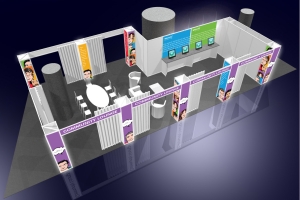I think by now most of you have read Mike D’s scoop on the “VMware View Open Client“. If not here’s a outtake from the press release:
VMware View Open Client is available under the GNU Lesser General Public License version 2.1 (LGPL v 2.1) and is accessible from http://code.google.com/p/vmware-view-open-client/. Some of the features included in this release support secure tunneling using SSL, two factor authentication with RSA SecurID, Novell SUSE Linux Enterprise Thin Client Add-On RPM package and a full command line interface. Support for the source code distribution is available through the VMware View Open Client community at: http://code.google.com/p/vmware-view-open-client/.
I’ve just downloaded the PRM and installed it on OpenSuse 11.1 without a problem:

Now I would need to request a virtual desktop so I can actually use the client. 🙂
